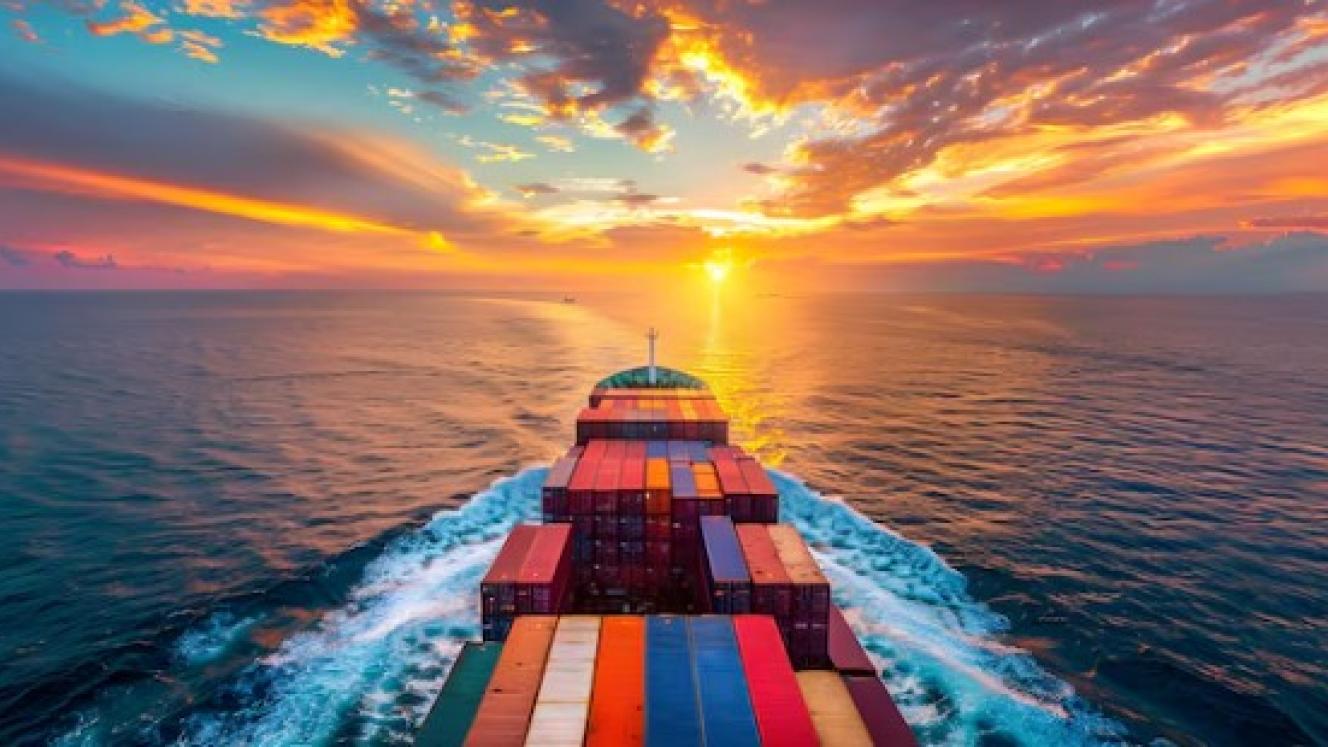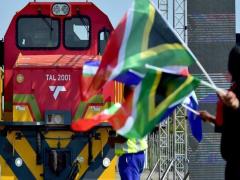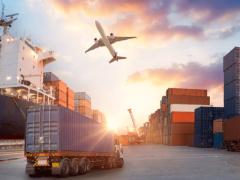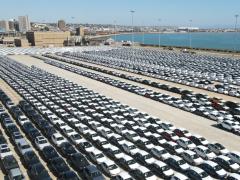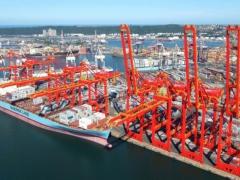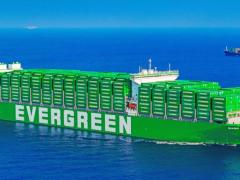In what is already being considered a proxy war between the Combined Maritime Forces (CMF) in the Red Sea and the Ansar Alla movement, the US and UK last night conducted air strikes against the Iran-backed militia in Yemen.
Included in the airstrikes is Hodeidah, a port region on Yemen’s Red Sea coast to which the Galaxy Leader was directed after Houthi rebels rappelled from helicopter gunships onto the car carrier’s deck on November 19.
Since then, attacks on commercial vessels south of the Suez Canal, bringing havoc to about 15% of global sea trade, have forced lines like Hapag-Lloyd and Maersk to reroute east-west sailings around Africa.
US President Joe Biden has confirmed the combined military action in Hodeidah and Sana’a, Yemen’s capital.
He said: “US military forces – together with the UK and with support from Australia, Bahrain, Canada and the Netherlands – successfully conducted strikes against a number of targets in Yemen used by Houthi rebels to endanger freedom of navigation in one of the world’s most vital waterways.”
Last night’s air strikes, conducted mainly from the aircraft carrier USS Dwight D Eisenhower, heralds the most significant response since the mentioned countries combined under the auspices of the CMF, formed to answer the Houthi threat to sea trade in the area.
Biden wasn’t alone in justifying the airstrikes on Yemeni soil.
British Prime Minister Rishi Sunak called the strikes “necessary and proportionate.
““Despite the repeated warnings from the international community, the Houthis have continued to carry out attacks in the Red Sea.”
Give or take where freight is from, the journey around South Africa between Europe or the Levant and Asia can be as much as 19 820 kilometres and could take about two weeks longer, whereas it would take 11-12 hours to transit through the Suez.
One source said: “To put this into perspective, the distance from Mumbai, India, to London is about 9 600km, and sailing around Africa would add thousands of miles and weeks to the trip.”
It has also come to light that container turnaround delays between Asia and Europe are causing a spike in east-west ocean rates that lines are now also using to increase Transpacific headhaul prices, although sailings between Asia and the US West Coast are unaffected by what’s happening in the Red Sea.

